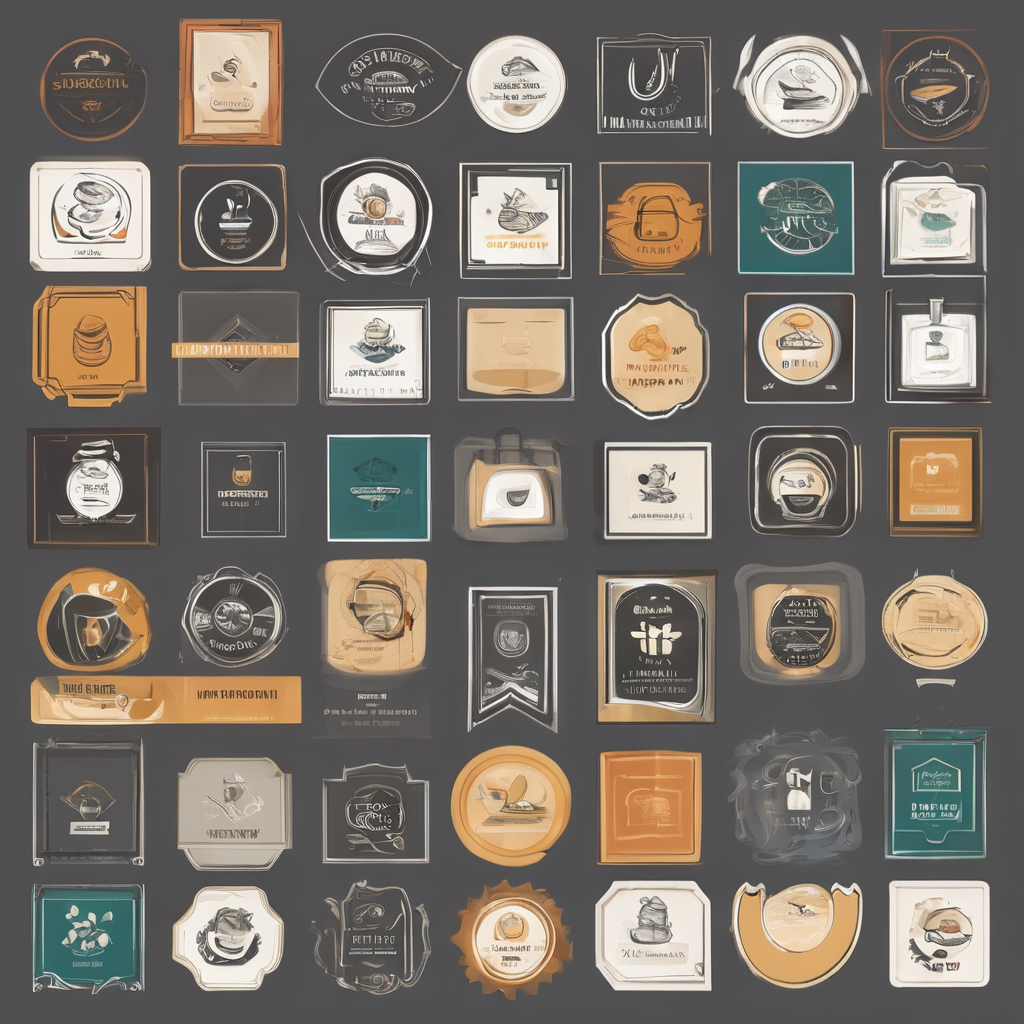Did you know that Arabic learners who choose personalized online courses achieve 40% faster progress than traditional classroom students, according to recent 2025 studies by Cambridge Language Assessment? The key lies in adapting content to your unique learning style and pace. Whether you’re drawn to Arabic for career advancement, cultural exploration, or personal enrichment, online learning platforms now offer unprecedented flexibility.
Why personalized approach transforms your Arabic journey
Every Arabic learner brings a unique set of goals, background knowledge, and learning preferences to their language journey. Some students aim to master business Arabic for professional advancement, while others seek to connect with their cultural heritage or navigate religious texts with deeper understanding. Ready to master the language with learn Arabic through customized lessons that fit your schedule and goals?
This might interest you : How Are Economic Challenges in the UK Affecting Local Businesses?
Traditional one-size-fits-all courses often leave learners struggling with irrelevant content or moving too slowly through familiar concepts. A personalized approach recognizes that a complete beginner needs different support than someone who already speaks another Semitic language. The learning path adapts to your existing knowledge base, whether you’re comfortable with Arabic script or starting from absolute zero.
When your curriculum aligns with your specific objectives and learning pace, progress accelerates naturally. Instead of spending weeks on business vocabulary you’ll never use, you can focus on conversational skills for travel or academic Arabic for research purposes. This targeted approach transforms months of generic study into focused, efficient learning that delivers tangible results faster.
Additional reading : What Are the Most Unusual Traditions Found in UK News?
The beauty of personalized Arabic education lies in its flexibility to evolve with your growing skills, ensuring every lesson builds meaningfully toward your individual language goals.
Overcoming common challenges in digital Arabic education
Learning Arabic online presents unique hurdles that many students encounter, but understanding these challenges is the first step toward conquering them. The complexity of Arabic script often intimidates beginners, as the right-to-left writing system and connecting letters create an entirely different visual experience from Latin alphabets.
Pronunciation represents another significant barrier in digital learning environments. Without face-to-face interaction, mastering the subtle differences between sounds like ‘ayn and ghayn becomes particularly challenging. However, modern online platforms now incorporate advanced audio tools and pronunciation feedback systems that help students develop accurate speaking skills through repetitive practice and real-time corrections.
Maintaining consistent motivation proves especially difficult when learning independently online. The absence of classroom peer pressure and immediate teacher feedback can lead to procrastination and eventual course abandonment. Successful digital Arabic programs address this by implementing personalized learning paths, regular progress assessments, and flexible scheduling that adapts to each student’s lifestyle and learning pace.
The key lies in choosing platforms that offer comprehensive support systems, combining interactive exercises with cultural context to make the learning journey both engaging and sustainable.
How to master the Arabic language through structured progression
Learning Arabic successfully requires a systematic approach that builds skills progressively. Your journey begins with mastering the Arabic alphabet, understanding letter connections, and developing proper pronunciation. This foundational phase typically takes 2-3 months with consistent daily practice.
Once you’ve established these basics, the next phase focuses on building vocabulary and simple sentence structures. You’ll learn essential phrases, common verbs, and basic grammar rules that form the backbone of everyday communication. This intermediate stage requires patience as you connect letters, words, and meanings into fluid understanding.
The advanced progression involves immersive conversation practice and complex grammar patterns. You’ll tackle different Arabic dialects, formal literary Arabic, and cultural nuances that bring the language to life. Setting measurable milestones every few months helps maintain motivation and track your improvement.
Personalized learning platforms adapt to your specific pace and learning style, ensuring each phase builds naturally on the previous one. This structured progression transforms what seems like an overwhelming challenge into manageable, achievable steps toward fluency.
Your most pressing Arabic learning questions answered
Learning Arabic raises many questions for beginners and intermediate students alike. From timeline expectations to cost considerations, these common concerns deserve clear, practical answers to help you make informed decisions about your language journey.
How long does it take to learn Arabic fluently?
With consistent daily practice, basic conversational Arabic takes 6-12 months. Complete fluency typically requires 2-3 years of dedicated study, depending on your learning intensity and chosen dialect.
What’s the best way to learn Arabic online?
Personalized instruction combined with interactive practice works best. Look for platforms offering one-on-one tutoring, cultural context, and flexible scheduling to match your learning pace and goals.
Is Arabic difficult to learn for English speakers?
Arabic presents unique challenges like right-to-left script and root-based vocabulary. However, with proper guidance and structured lessons, English speakers successfully master Arabic fundamentals within months.
How much do online Arabic lessons cost?
Private online Arabic lessons typically range from $15-50 per hour. Group classes cost less, while specialized programs for business or academic Arabic may charge premium rates.
Can I learn Arabic without knowing the alphabet first?
While possible through romanized text, learning the Arabic alphabet early accelerates progress significantly. Most effective programs introduce letters gradually alongside speaking practice for balanced development.









